SaaS pricing strategies
As a SaaS startup team, you’ll have to choose a pricing model for your product at some point. This decision is crucial as it shapes the future of your brand, your marketing and your business.
When we started our pricing strategy research we were choosing between freemium and free trial as these are the models our competitors use.
However, when we dug deeper into the research, we were surprised to learn that there are actually dozens of different monetization strategies a startup can choose from. From tiered pricing to pay-as-you-use options, the possibilities seemed endless.
Let’s quickly cover the most popular SaaS pricing models, so you have all the ammunition you need to make the right decision for your team.
Free with ads
If you frequent YouTube or have seen pop-up ads in your free mobile game, then you’re already familiar with the “free with ads” model.
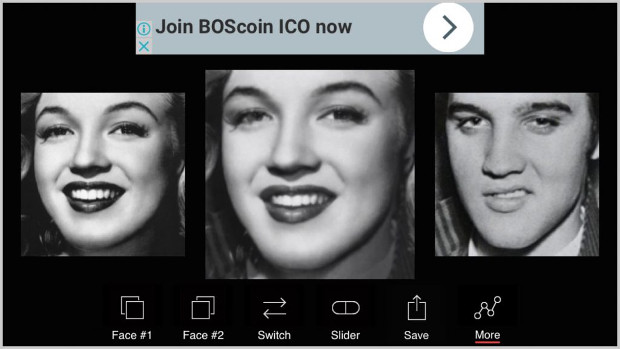
You should be careful with the amount of ads you display within your app as people get easily annoyed and tend to seek out the ads-free alternative. E.g. I’m really getting tired of the ads in Skype.
It turns out, I’m not alone:

When choosing this pricing model for your SaaS startup, make sure you can promote your product well enough to produce plenty of visitors. You’ll need lots of traffic in order to effectively monetize the ads.
Even if your app goes viral, bear in mind that virality won’t last forever. In order to sustain this model, you’ll have to constantly come up with new ideas and build new apps to maintain your cash flow.
Whether you tried to catch ‘em all or not, we all saw the Pokémon GO game become a global obsession in 2016.
But look what happened to it within just a couple of months.
Even though we are talking about a game, and not a SaaS, the following graph shows how even the hottest trends can quickly lose momentum. The hype surrounding the world’s most popular products can fade in the blink of an eye.
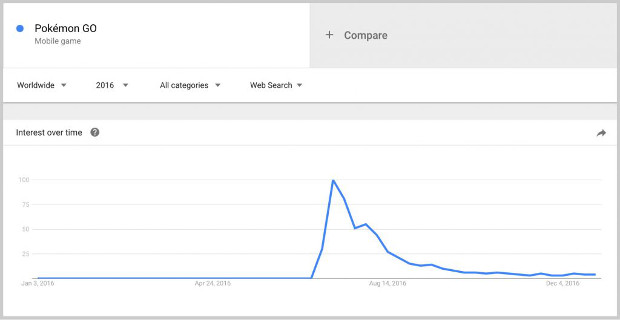
Free trial
In a free trial financial model, you are letting customers use the full version of the product for a brief period, usually for 7, 15, or 30 days.
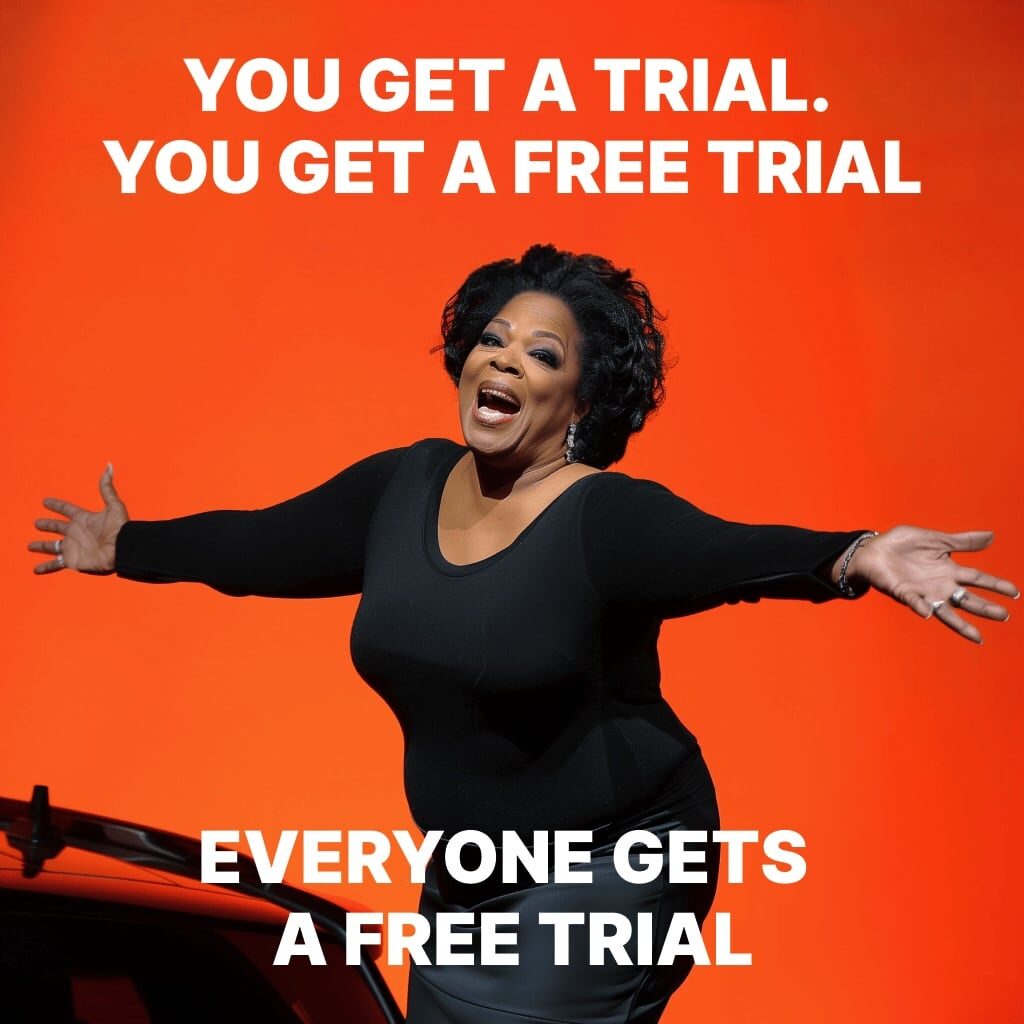
I like free trials. Lots of marketing software comes as a free trial (E.g. Ahrefs, Intercom). If your free trial user converts into a paying customer – that’s perfect.
If not – that’s great too.
First, you don’t have to spend your time, effort, and resources dealing with a non-paying client like you would in a freemium financial model. This lets you focus your energy on high-value prospects who are more likely to invest in your product, making your customer acquisition process a lot more efficient.
Secondly, you have your lead’s email which is a powerful weapon in your hands, letting you convert a potential client into a satisfied paying customer later. By thinking ahead and devising a good follow-up strategy, such as sending educational content, feature updates, or special limited-time offers, you can increase your chances of converting a customer after they’ve tried your product.
What’s more, free trials give you useful insights into how users interact with your product. Keeping an eye on how trial users interact with your product can help you spot the most popular features, any usability issues, and areas where you might be missing something. This feedback can help you make improvements and give you ideas for your marketing and sales strategies.
Freemium pricing model. Pros and cons
Freemium services offer a light version of the product with basic, often limited functionality that you give away forever and at no charge.
This model is designed to attract users by offering a free entry point, helping companies build brand awareness and create a user base.
How does freemium work?
If your customers are interested in the full version of the product or getting additional features, they’d have to upgrade to a paid package.
Just like many marketing products have free trial pricing, there are also many freemium fans. Marketing tools like Screaming Frog, Similar Web, and Buffer are all using freemium.
It sounds good, doesn’t it – you attract lots of customers, collect their feedback, they are spreading the word about your product…
However, the challenge lies in converting these free users into paying customers, which can be difficult without a clear strategy.
But how will you convert freemium users into paying customers?
You should keep in mind that the average freemium conversion rate for a SaaS company is as low as 1-2%. Therefore you’ll need to attract a high volume of free users to stay profitable.
Let’s say your monthly fee is $50 and your need at least $10K to break even and continue running your business.
Simple math tells us that you’ll need a minimum of 200 paying clients, which means you must attract from 10K to 20K free users to convert enough of that group into income generators.
It’s important to remember that just getting a lot of free users won’t necessarily make you profitable. You’ve got to find ways to get these users to upgrade, like offering limited-time discounts or exclusive features.
And we are not even talking about profit here!
Additionally, these 20K free users require lots of resources such as customer support, storage space, and so on.
Finally, don’t forget to prioritize the feedback you receive from the paying customers. Your freemium users’ wish list may guide your product in a wrong direction.
It’s crucial to strike a balance between catering to your paying customers’ needs and addressing the feedback of free users to avoid compromising your core product’s value.
Don’t sacrifice profitability by leaving your real source of income unattended to care for the much larger group of free users.
There are also a few types of freemium pricing models; let’s take a look at the most popular variants:
In-app purchase
This pricing model is very much like traditional freemium. The app is free, but you can get some features (often not indispensable) for extra money.
Viber and Duolingo are great examples of this model. They are both free, yet Viber sells stickers and you can buy lingots from the Duolingo app.
Popular games like World of Tanks, Dota, and Overwatch also use this strategy letting their users make in-game purchases.
The key to success here is to make available desirable, non-essential products or services that improve the user experience but aren’t essential for basic functionality.
This model is pretty common across different industries, from mobile apps to online platforms where they need to find ways to make money from free users without making the free version of the product or service worse.
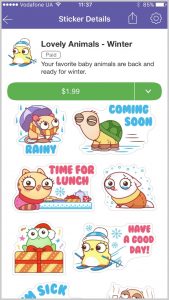
Choosing this SaaS pricing model is justified when:
- You can afford to attract and support tons of free users.
- You can develop a high loyalty toward your product within your audience (e.g. I really appreciate the great job Duolingo team does with their product – it gives me a great opportunity to learn Spanish for free, so I tend to buy lingots out of my high loyalty towards them).
This pricing model works much better when the user experience is designed seamlessly, where the users are encouraged to engage with paid content as a matter of natural usage patterns. A good example could be adding value over time so that the users build trust and the investment feels worth it.
What is more, with in-app payment models, updates have also been an important factor around which purchases have revolved: continuing to keep users tied to the app will induce them to spend on materials that are not core to the app but tend to increase the experience.
Free with paid services
This is a business model where you give away your software for free and sell additional services or upgrades – customize it according to the client’s needs, add features, and provide extra support.
It’s a hard-to-scale pricing model as you sell your services, not a product.
This model would work well with a demanding enterprise sector where companies need a fully customized product or extra hours from your support team.
We tend to think of a SaaS product as a project that requires significant effort from your development team in the beginning.
With time, we think, it’ll become less of a strain. Well, with the free-with-paid-services pricing model, it’s the opposite. You will require even more resources to develop custom features for each customer.
Combinations
There could be some combinations as well.
For example, you could use ads in your freemium product and once the user switches to the paid plan, the ads could be removed and additional features could be added. I was thinking of Skype again, but then realized even if you make paid phone calls, you still see the annoying ads.
You can also combine freemium and free trial.
A good example is another marketing tool, Buzzsumo – they give you a free 14-day trial to test their premium features and then you can switch to a paid plan. If you don’t switch, you will still be able to use their tool, but only as a limited app version.
Freemium vs Free trial
If you are choosing between freemium and free trial, these are the questions you have to ask yourself. They’ll help you come up with the right decision:

- If you choose freemium, will your free clients bring a proper value to your business?
Maybe your freemium clients provide you with valuable feedback or help generate word-of-mouth. They should bring you a benefit of some kind. If they don’t, you simply shouldn’t go after freemium.
On top of that, think about whether freemium users could help you improve your product by testing it out or finding small issues that could make it better overall.
- How big is your market? Do you have a B2B or B2C market?
If you are choosing a B2B pricing strategy, you should consider the size of your market. There is no point in choosing freemium if you have a niche B2B product.
As mentioned above, freemium requires a large number of users, and with a narrow industry, you just won’t get that many customers.
Freemium works well for large B2C or B2B markets. But when it comes to narrowing the niche down it’s best to go with a free trial.
It’s also a good idea to think about whether your target audience is willing to pay. Niche customers often want the best functionality and aren’t as bothered about free access.
- Have you got a financial backup to support a freemium model?
Handling millions of users could be quite challenging for your pocket. You have to do the math right before making a decision on your pricing strategy.
The success of a freemium model often depends on economies of scale. It’s important to make sure you have enough capital to keep the model going until you’ve converted a significant number of free users into paying customers.
- Does your product deliver value right away or over time?
If the value is being delivered right away, free trial is the best solution. If the value that a product delivers increases over time, then freemium could be a good choice for you.
E.g. for a team chat like we are building, teams experience a cumulative benefit from the searchable files and saved messages they’ve stored in our cloud over time.
Pay to get started
As you know, everything old is new again.
So this is a relatively new—yet actually very old— pricing model where customers don’t get anything for free.
I first got to know this model after subscribing to a beta test at https://www.getcompass.co/. Compass is a service showing you the ads run by your competitors in Facebook and LinkedIn.
What was interesting about them—and what really surprised me—was their paid beta test.
First I thought, “Seriously? You really want me to pay for a beta test of your product?”
But then I took a closer look and even asked their founder to go deeper, explaining his approach and this is how he went about it:

We want to ensure that our customers are qualified – they truly have an urgent need which they’re willing to spend money to solve. Steve Blank pushes this framework and it has been used by a lot of startups in the Valley. Moreover, our pricing is a fraction of the value our customers are getting – so if paying anything at all is a deal-breaker for them, they’re not the right customer to co-design our product with, because it signals that solving the problem is not of much value to them.
I really liked this answer and it made me rethink the whole pricing policy that we initially planned for our Chanty team chat.
As I said before, we were going to make our product a freemium. We needed about 100 teams to use our paid version to break even and continue running the company.
100 paid teams meant at least 10K free teams which is between 100K to 1M forever-free customers. Handling 1M non-paid customers sounds a bit intense for a bootstrapped startup like we are.
We thought we’d start off with a freemium, see how it goes and then most likely change it to a free trial with time. We hope to receive several benefits from our freemium users during an early stage.
First off, they’re testing out our UX.
Secondly, we hope for a word-of-mouth effect.
Messengers are considered to be a software with a high virality. Having 100 emails of beta users could result in a couple of thousand emails to their teammates that would join them in the team chat.
This increases our chances for word-of-mouth if we make sure our product is really good.
Takeaways
- Some of the most popular pricing models for SaaS startups are a free trial, freemium, free with ads, or the freemium versions: free with paid services and in-app purchases. Each model has its own pros and cons, so it’s important to think about these things carefully, depending on your product and market.
- There is also a “pay-to-get-started” pricing model where nothing is free. If you are confident your product is about to change the world and holds an impeccable value, go for this model. This approach helps filter out users who aren’t that interested and ensures that only those who see the value in your product engage with it.
- When choosing between free trial and freemium, think about the size of the market you are entering and your funding abilities, as well as what benefit you could potentially receive from your freemium users. Think about your customer acquisition cost (CAC) and lifetime value (LTV) to figure out which model will help you grow in a sustainable way.
We’ll keep you updated and share everything we learn on our journey to a great SaaS product.
Let us know what affected your decision when choosing a pricing model for your startup? We look forward to your comments.



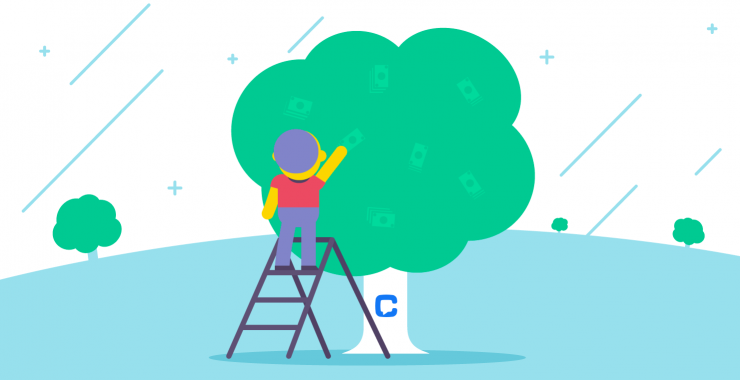
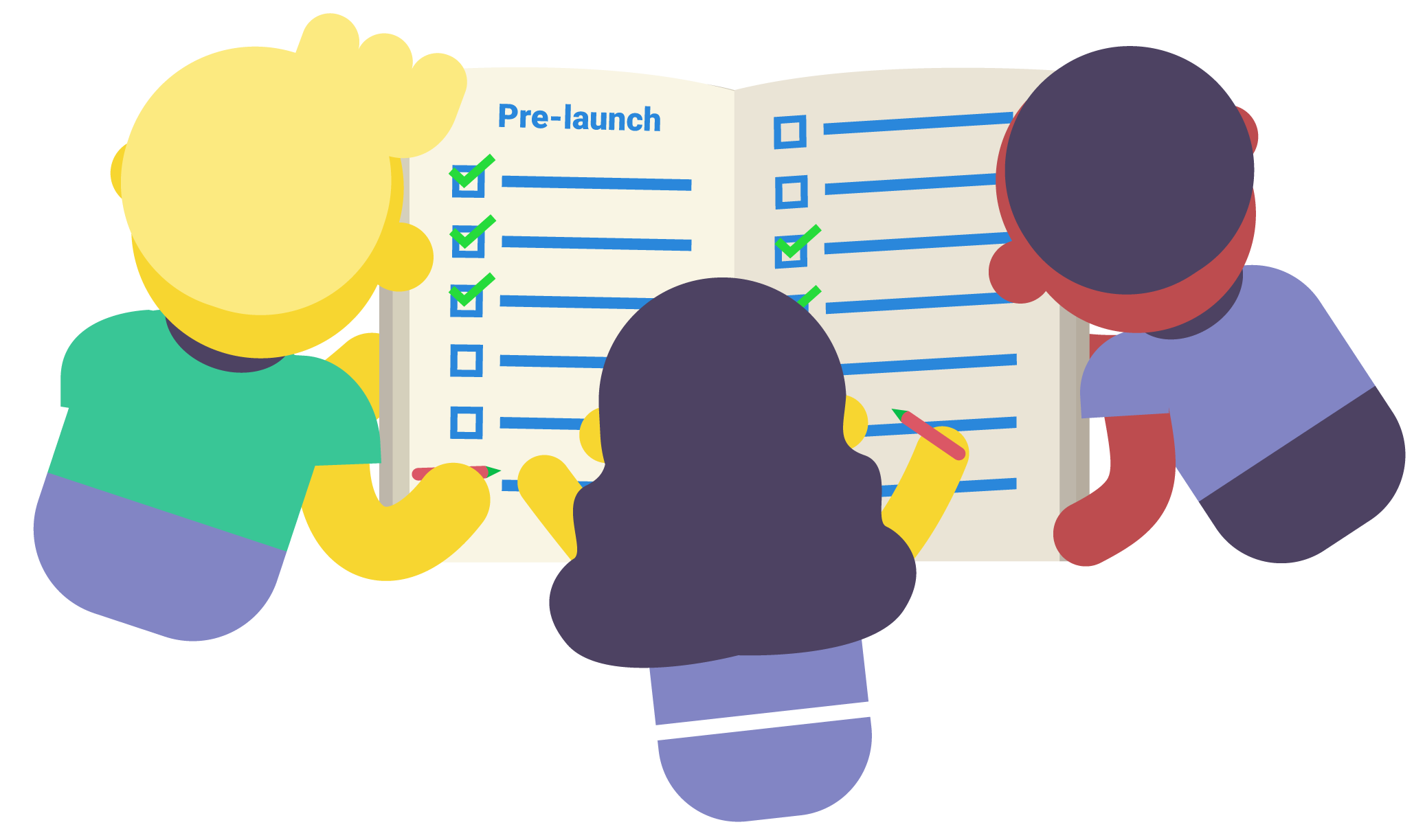


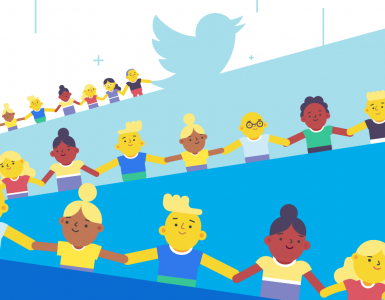


Add comment